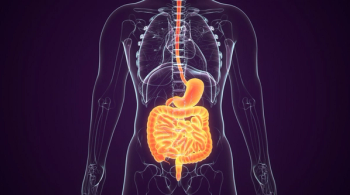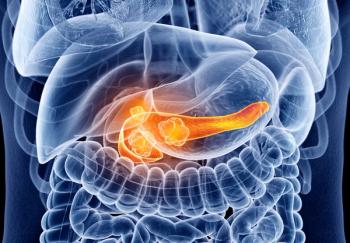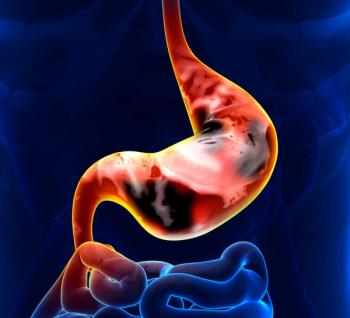
Urban Environments Offer Greater Access to CRC Care Providers
Urban environments had a higher density of colorectal care providers including gastroenterologists, general surgeons, and radiations oncologists compared with rural environments, according to the results of a recent retrospective study.
Urban environments had a higher density of colorectal care providers including gastroenterologists, general surgeons, and radiations oncologists compared with rural environments, according to the results of a recent retrospective study.
“Therefore, significantly fewer providers of screening and adjuvant therapy services for colorectal cancer are geographically available in rural compared with urban counties,” wrote Jonathan K. Aboagye, MD, MPH, of Johns Hopkins Bloomberg School of Public Health, and colleagues in JAMA Surgery. “A smaller number of gastroenterologists, general surgeons, and radiation oncologists in rural areas may affect the availability of their services, plausibly resulting in worse outcomes for patients who seek treatment with advanced disease.”
Although prior research has shown a disparity in outcomes for colorectal cancer between rural and urban patients, Aboagye and colleagues hypothesized that the density of providers in the two areas would be equivalent.
They conducted a retrospective population-based study using data from the 2009 Area Resource File for the entire US population within each county. Rural and urban designations were assigned based on the rural-urban continuum codes. The researchers calculated the number of gastroenterologists, general surgeons, and radiation oncologists per 100,000 people in each county.
The study included 3,220 counties, of which 1,413 were urban and 1,807 were rural. Urban environments were found to have a significantly greater density of colorectal care providers compared to rural environments:
• Gastroenterologists: 2.55 vs 0.39 per 100,000
• General surgeons: 8.48 vs 4.82 per 100,000
• Radiation oncologists: 1.01 vs 0.13 per 100,000
Multivariable analysis confirmed that there was a significantly higher density of gastroenterologists (1.63; 95% CI, 1.40-1.85), general surgeons (2.01; 95% CI, 1.28-2.73), and radiation oncologists (0.68; 95% CI, 0.59-0.77) per 100,000 people living in urban compared with rural environments.
“It is plausible that health care careers in rural communities simply may be unattractive to specialist providers,” the researchers wrote. “The disparity identified here is likely to worsen unless focused policy intervention occurs to mitigate the trend.”
Among the possible solutions put forth by the researchers were expanding the intake of medical schools and training programs for these specialties, increasing funding for residency programs that emphasize training rural surgeons, and relieving student loan debt for physicians who accept work in rural or underserved areas.
Newsletter
Stay up to date on recent advances in the multidisciplinary approach to cancer.
























































































